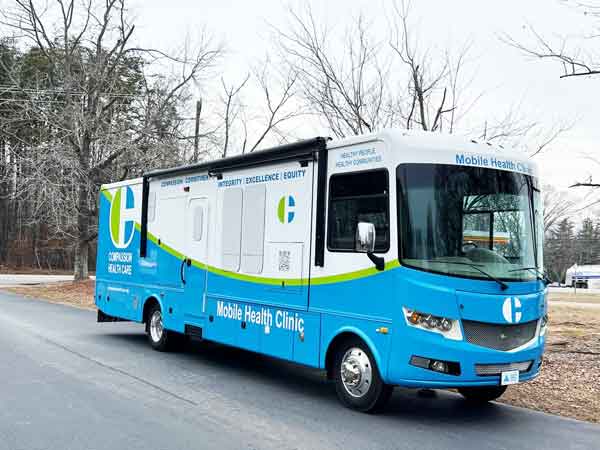What is Health In All Policies?
“Health in All Policies” (HiAP) is a collaborative approach to policymaking that emphasizes the consideration of health and health equity in the development, implementation, and evaluation of all policies, not just those directly related to healthcare.
Rural communities often conjure images of picturesque landscapes and close-knit neighborhoods. However, behind the scenic beauty lies a pressing issue: the health disparities that plague these areas. It’s time to recognize that improving the well-being of rural communities isn’t solely a matter for the healthcare sector; it’s a matter for every policy and decision that affects these areas. This is where the concept of “Health in All Policies” comes into play.
Understanding “Health in All Policies” (HiAP)
HiAP is an approach that acknowledges the multifaceted determinants of health and well-being. It encourages all sectors, including housing, transportation, education, and agriculture, to consider the health implications of their policies and decisions. In rural areas, where healthcare facilities and resources are often limited, HiAP is not just an idea – it’s a necessity.
Addressing the Unique Challenges of Rural Communities
Rural communities face specific health challenges, such as limited access to healthcare facilities, food deserts, and higher rates of chronic diseases. A HiAP approach would allow policymakers to address these challenges more effectively by considering the broader impact of their decisions.
- Transportation and Accessibility: Rural areas often lack public transportation options, making it difficult for residents to access healthcare services. A HiAP approach would involve transportation policies that make healthcare more accessible.
- Agriculture and Nutrition: Rural communities depend heavily on agriculture, but they may have limited access to fresh, healthy foods. By incorporating health considerations into agricultural policies, it’s possible to improve local nutrition and reduce diet-related health issues.
- Economic Development: Economic policies can also have a significant impact on health. Encouraging sustainable economic growth that leads to well-paying jobs can enhance the overall health of a rural community.
Promoting Collaboration and Equity
HiAP encourages collaboration among different sectors and agencies, which is especially critical for rural communities where resources may be scarce. This approach ensures that limited resources are allocated more efficiently and that vulnerable populations in these communities are not left behind.
Adopting a HiAP approach is imperative for addressing the unique health challenges facing rural communities. By considering the health implications of all policies and decisions, we can work towards a healthier and more equitable future for these areas, where picturesque landscapes are not marred by health disparities. It’s time to prioritize the well-being of rural America through a holistic, collaborative approach.


